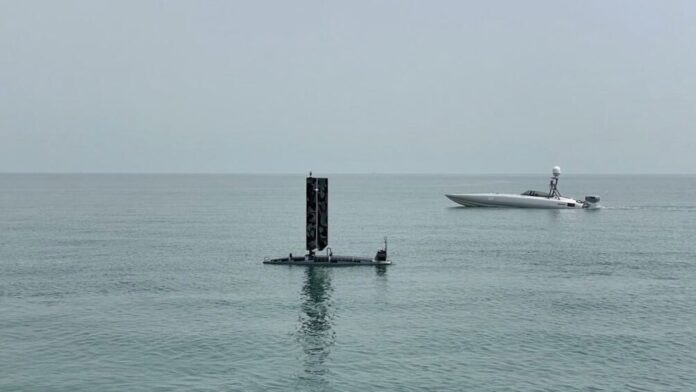The way Ukraine has successfully used small, unmanned vehicles to force the dominant Russian navy away from its shores is an “arbiter of things in the future” for naval warfare, NATO’s Supreme Allied Commander Europe said recently — a notable statement, and one that is gaining traction among naval observers, Breaking Defense reports.


